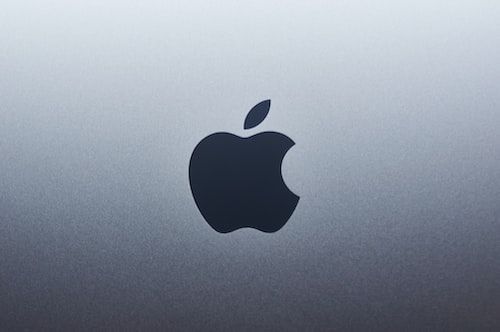In a world where security is paramount, managing email verification on your iPhone can sometimes feel restrictive. However, your iOS device offers a range of options to customize your email security settings, allowing you to strike a balance between convenience and protection. In this comprehensive guide, we'll explore how to stop or modify email verification methods on your iPhone, providing expert insights, step-by-step instructions, and real-world examples to help you harness the full potential of your device while maintaining robust security.
The Significance of Email Verification on Your iPhone
Before we delve into the specifics of managing email verification on your iPhone, let's understand why it's essential in the context of device security.
1. Data Protection
Email verification plays a crucial role in safeguarding your personal and sensitive data. It prevents unauthorized access to your email accounts, reducing the risk of data breaches and privacy violations.
2. Account Recovery
Email verification is often a critical step in account recovery processes. It ensures that only authorized individuals can regain access to their accounts, preventing potential identity theft.
3. Two-Factor Authentication (2FA)
Many email services and apps use email verification as a component of two-factor authentication. 2FA adds an extra layer of security, requiring both something you know (password) and something you have (email access).
Customizing Email Verification Settings on Your iPhone
Now, let's explore how you can customize email verification settings on your iPhone to match your preferences and security requirements.
1. Managing Email Accounts
Go to your iPhone's settings, navigate to "Passwords & Accounts," and select the email account you want to customize. Here, you can enable or disable email verification for that specific account.
2. Email App Settings
Different email apps on your iPhone may have their own email verification settings. Access the settings within your chosen email app and explore options related to email verification and security.
3. Two-Factor Authentication
Consider enabling or disabling two-factor authentication (2FA) for your email accounts. This can often be done within the email account's settings or through your device's security settings.
4. App-Specific Passwords
Some apps or services may require app-specific passwords, especially when you disable 2FA. Learn how to generate and manage these passwords for added security.
5. Notifications
Customize email notifications to receive alerts for specific email verification activities, such as signing in from a new device or location.
Benefits of Customizing Email Verification
By customizing your email verification settings on your iPhone, you can experience several benefits:
1. Tailored Security
Customization allows you to match your email security level with your comfort and needs, ensuring a balanced approach.
2. Simplified User Experience
You can streamline your email experience by adjusting verification settings to align with your usage patterns and preferences.
3. Enhanced Privacy
Customization empowers you to maintain control over your email accounts, protecting your privacy and data.
4. Efficient Account Management
Customizing email verification settings makes it easier to manage your email accounts and recover access if necessary.
Frequently Asked Questions About Email Verification on iPhone
1. Is email verification mandatory on iPhones?
Email verification is not mandatory on iPhones, but it is highly recommended for security purposes.
2. How do I disable email verification for a specific email account?
Go to your iPhone's settings, navigate to "Passwords & Accounts," select the email account, and toggle off email verification.
3. Can I use 2FA without email verification on my iPhone?
Yes, you can use 2FA without email verification, but it's generally more secure to have both layers of protection.
4. Are there app-specific email verification settings for popular email apps on iPhone?
Yes, many email apps on iPhone have their own email verification and security settings. Explore the settings within your preferred app.
5. What should I do if I forget my email account password and don't have access to email verification methods?
If you forget your password and can't access your email verification methods, follow the account recovery process provided by your email service provider.
In conclusion, email verification on your iPhone is a critical aspect of device security and data protection. By customizing your email verification settings to align with your preferences and security requirements, you can enhance your user experience while maintaining robust protection. Take control of your email security on your iOS device and unlock a safer, more personalized experience.



